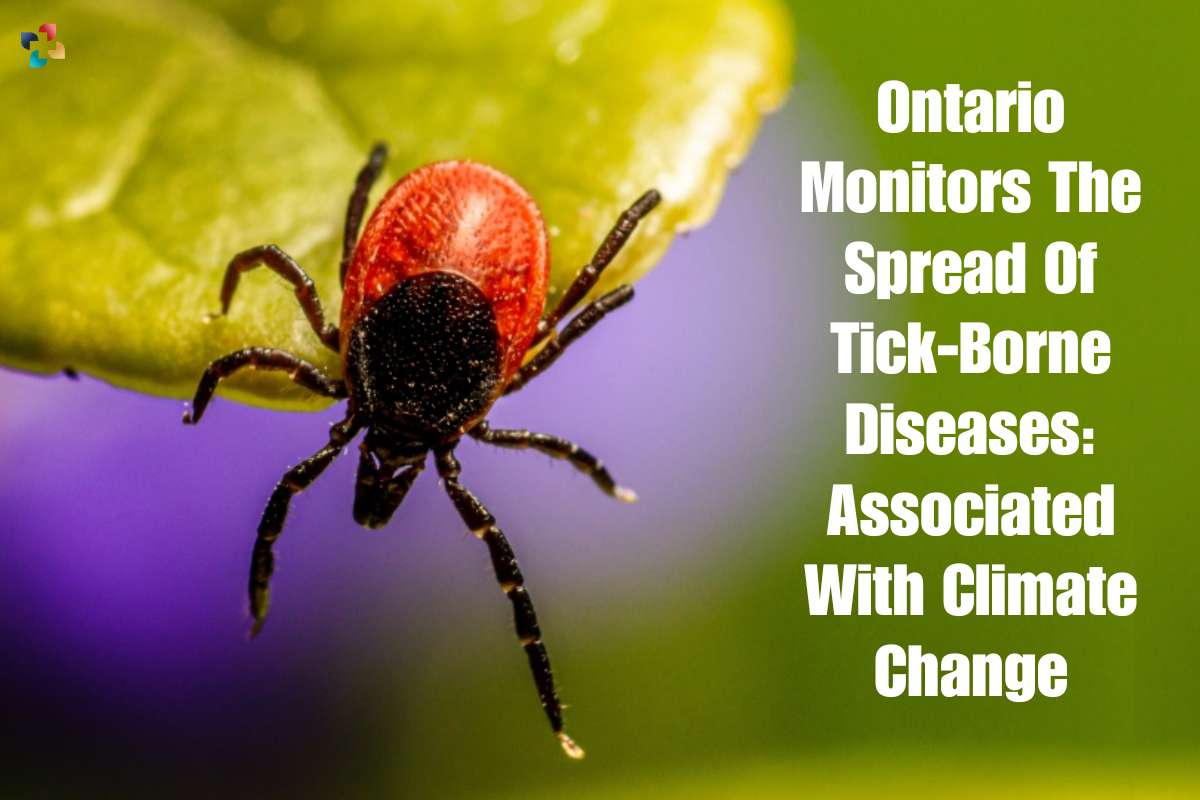In addition to Lyme disease, Ontario’s top physician anticipates an increase in three other tick-borne illnesses, a spread that he claims is directly related to climate change. Anaplasmosis, babesiosis, and Powassan virus cases must be reported to local medical officers of health in Ontario, according to a new legislation that goes into effect this weekend.
The three disorders have been discovered in Ontario in recent years, according to anecdotal reports and publications, but the province must now begin properly documenting them, according to Dr. Kieran Moore, chief medical officer of health. “We can now count and track when these illnesses are occurring, map it for a risk map and be able to inform the public when these tick-borne become more prevalent,” he claimed in an interview.
Because this is a known wave of tick-borne that has been observed to spread along the coastline of northeast North America, it is projected that we will experience higher incidence over the coming years. Lyme disease cases have increased over the past 20 years as a result of tick-borne, especially black-legged ticks, being able to survive the winters, according to Moore. According to Moore, waves of anaplasmosis, babesiosis, and Powassan virus have followed occurrences of Lyme disease in the United States, and he anticipates that will happen in Ontario as well.
Moore explained that this is due to ticks’ improved capacity to endure our winters, remain in place, and reproduce during their two-year life cycle. “We’ve seen them migrate from the mid-eastern United States, and now that wave of migration has gone through Connecticut and New York. These diseases are following in the footsteps of Lyme disease, and we anticipate we’ll have more cases of these.”
The bacteria that causes anaplasmosis enters a person’s circulation through a tick bite. According to Moore, in addition to producing fever and chills, it can also inhibit bone marrow and the production of platelets, white and red blood cells, and both. On the other hand, babesiosis manifests similarly to malaria, according to him. In addition to causing fever, chills, and anaemia, tick-borne can also spread intracellular parasites that enter a person’s red blood cells and burst them.
Rare tick-borne disease is spreading in Canada, here’s what you should know
The Powassan virus usually causes asymptomatic infections, although some patients may have fever, headache, nausea, vomiting, weakness, or aches and pains. According to Dr. Michelle Murti, associate chief medical officer of health, after an initial phase and a period of remission, an infected person may experience confusion, lack of coordination, trouble speaking, paralysis, convulsions, or coma.
“About 50% of people who survive severe illness have ongoing health issues, like recurrent headaches, loss of muscle mass and strength, and memory issues,” she said. According to the Centres for sickness Control in the US, there is no specific treatment for Powassan virus sickness; instead, patients’ symptoms are handled. Antibiotics can be used to treat symptomatic cases of anaplasmosis and babesiosis.
People who spend time outside are recommended to use insect repellent, wear clothing treated with permethrin, and perform a daily tick-borne check in order to avoid being bitten by ticks. If they experience a fever in the upcoming month, anyone who has a tick attached to them should visit a doctor, according to Moore.











